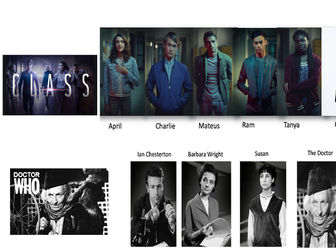AQA Media Studies GCSE Revision Booklet (9-1)
<p>32 page revision guide containing:</p>
<ul>
<li>
<p>Breakdowns of how to answer definition, explanation, analysis, historical context and to what extent questions.</p>
</li>
<li>
<p>Model answers</p>
</li>
<li>
<p>Knowledge Organisers for the following CSPs: Galaxy, NHS Represent Give Blood, Tatler Magazine, Dr. Strange and I,Daniel Blake, One Direction - History and Arctic Monkeys.</p>
</li>
<li>
<p>Example exam questions</p>
</li>
<li>
<p>Exam questions broken down into smaller bitesized building questions.</p>
</li>
<li>
<p>Writing Mat to aid lower ability learners: sentence stems, key terminology, model answers.</p>
</li>
</ul>







